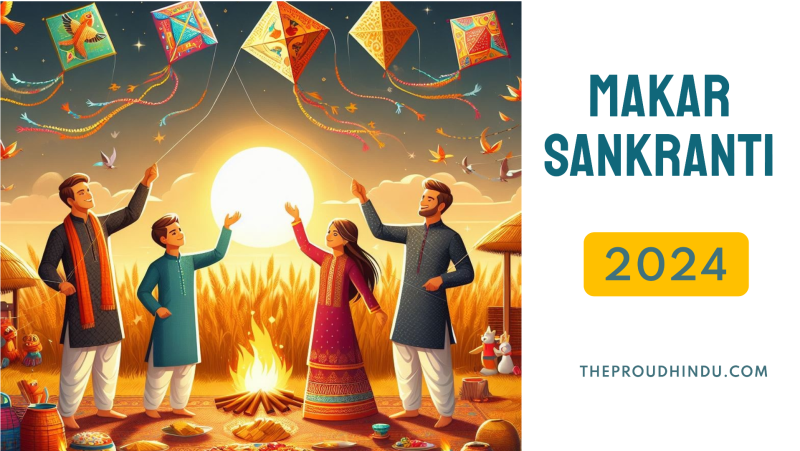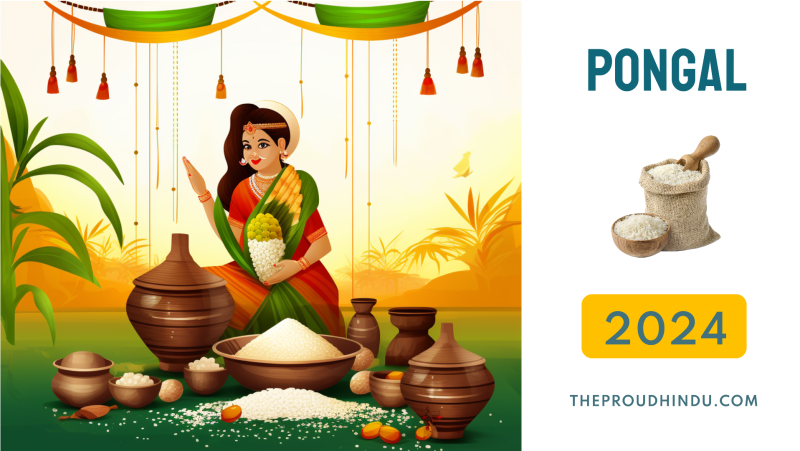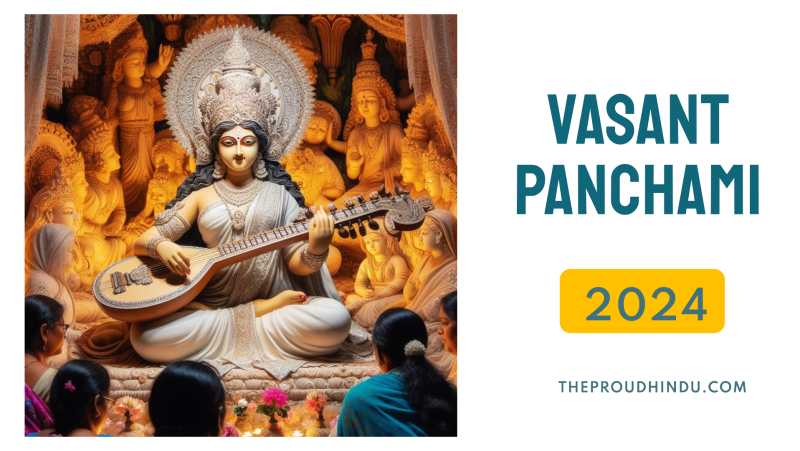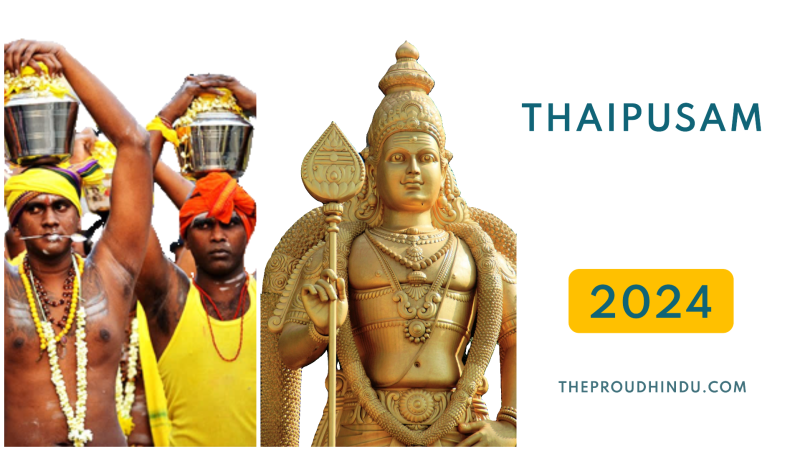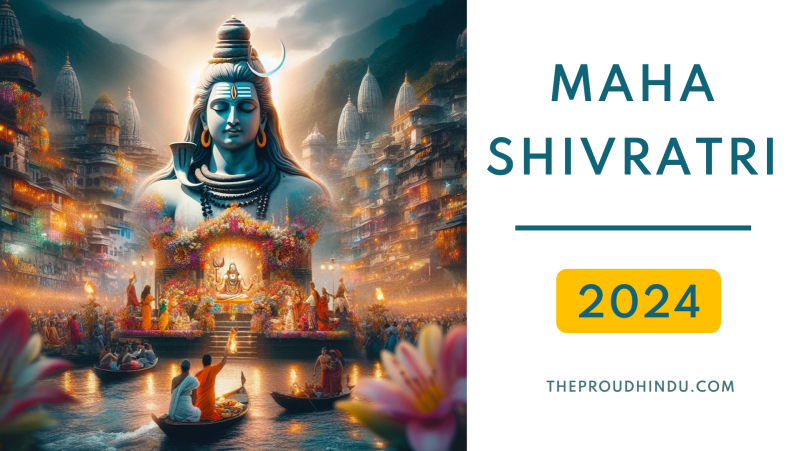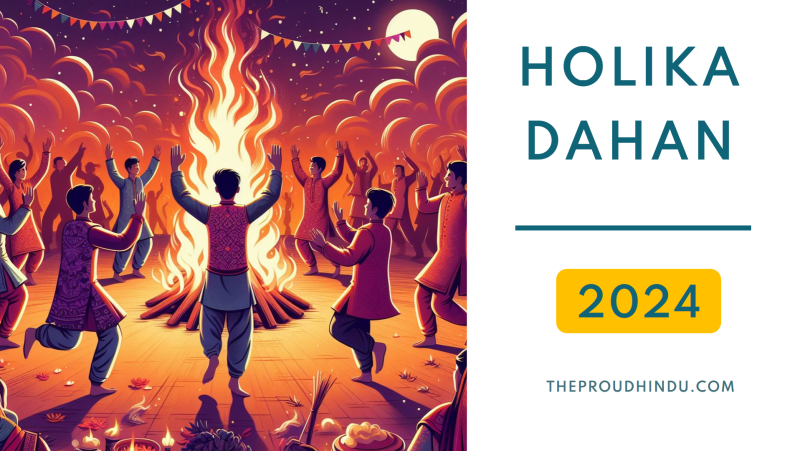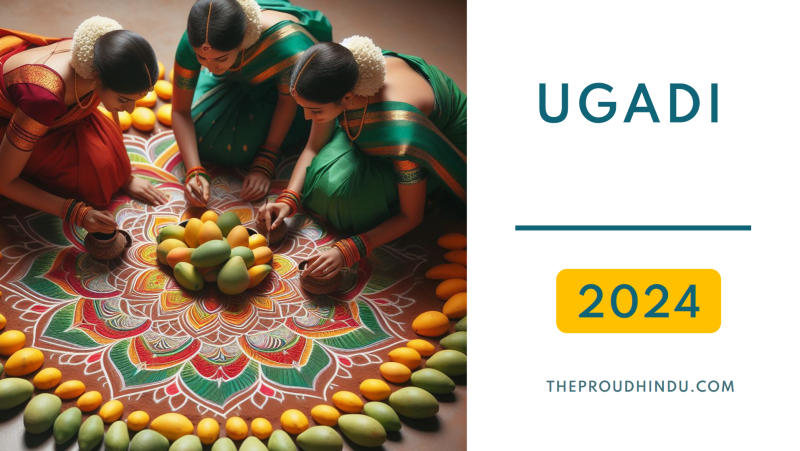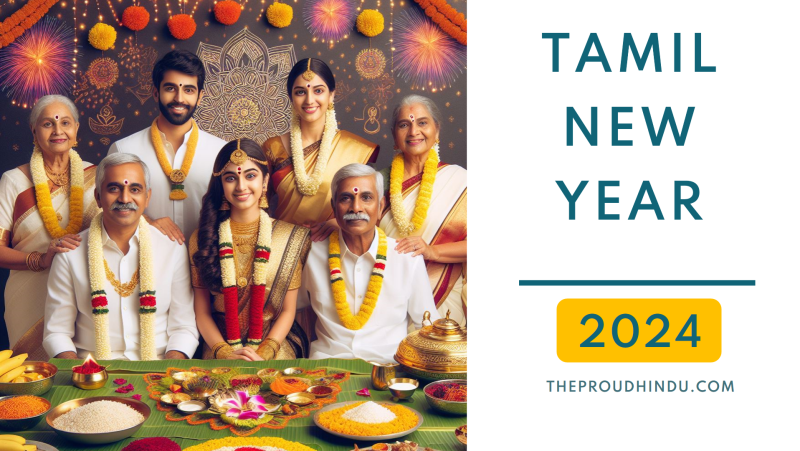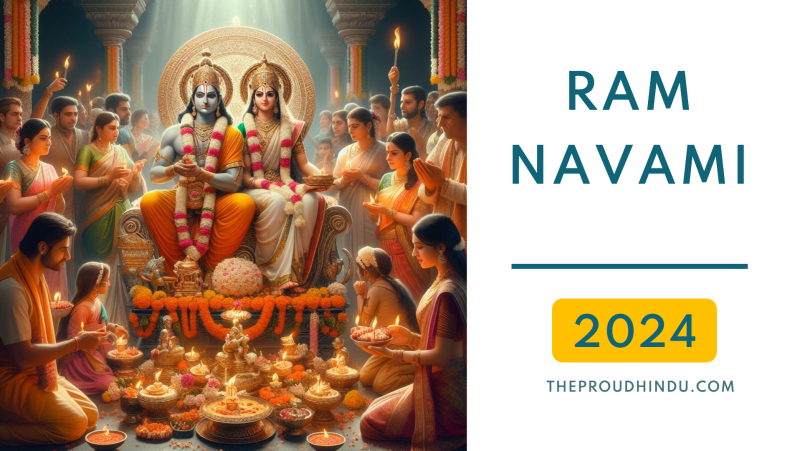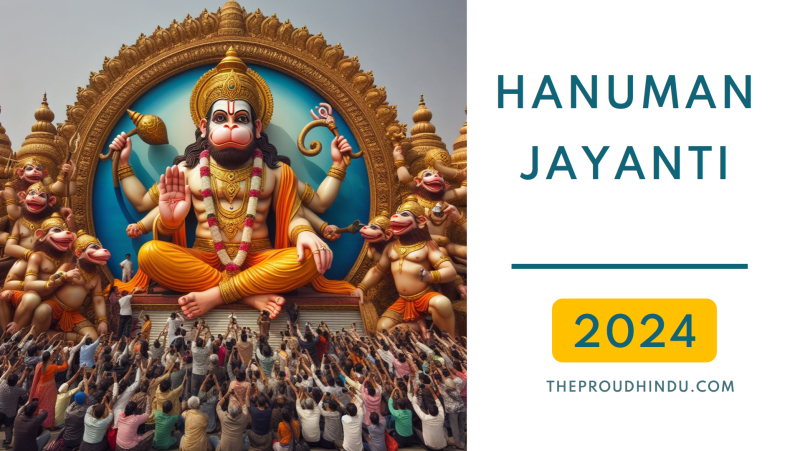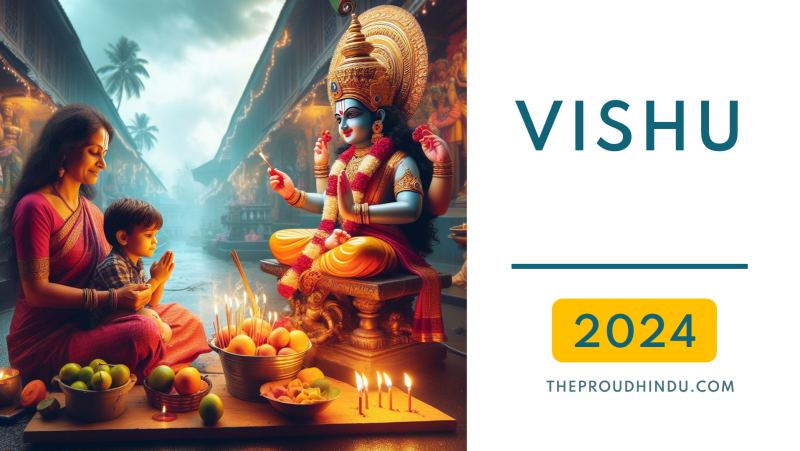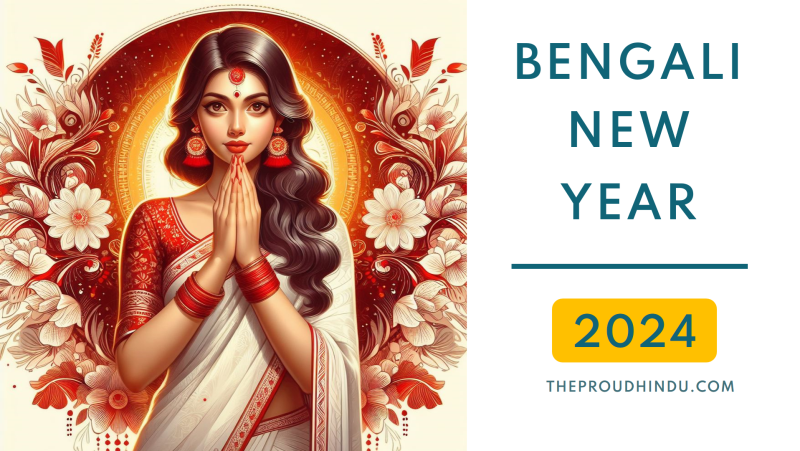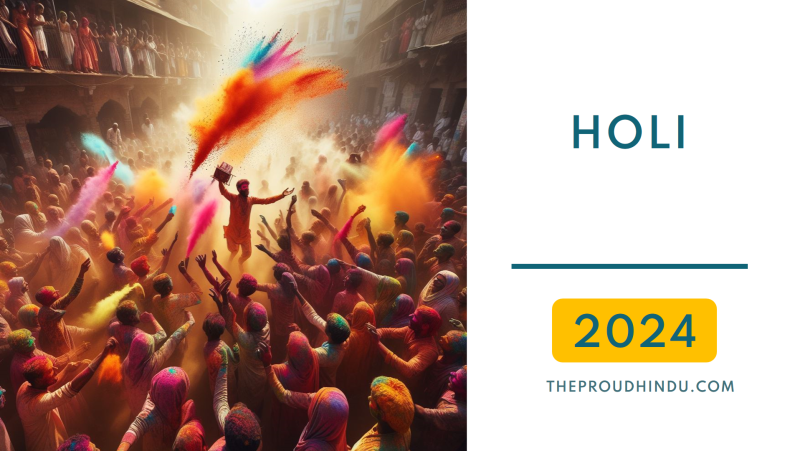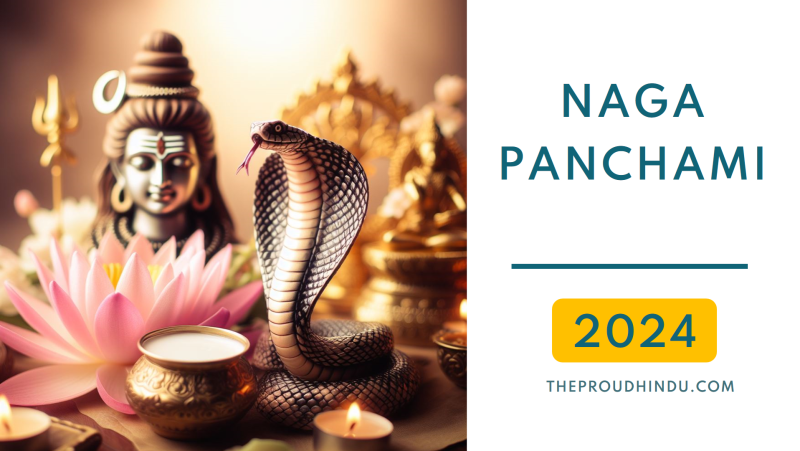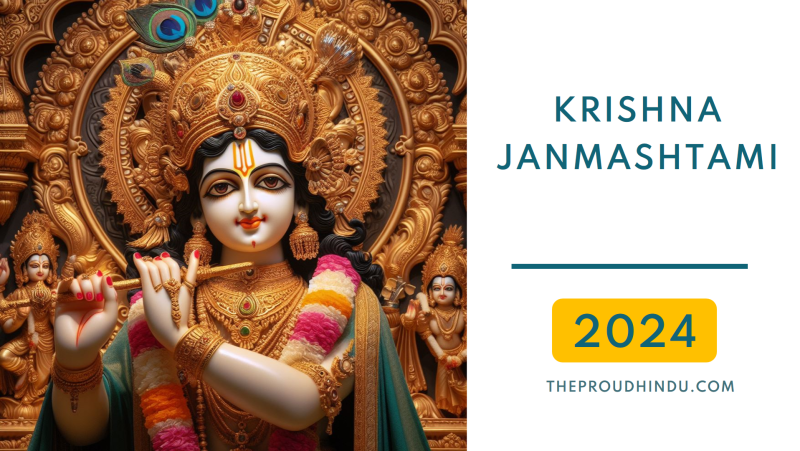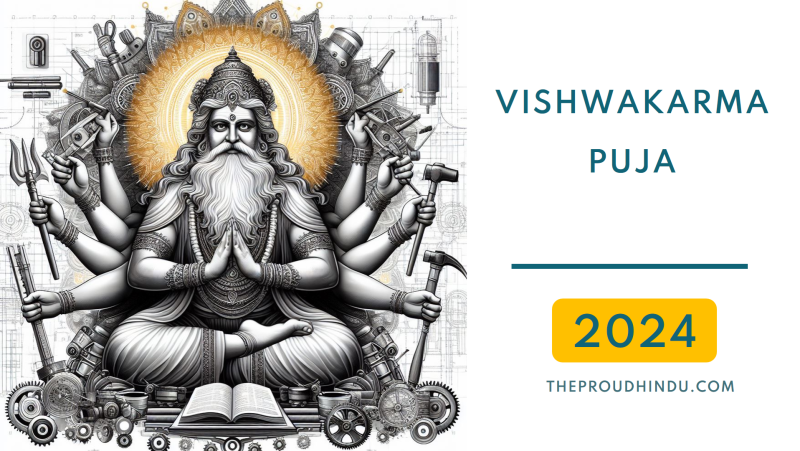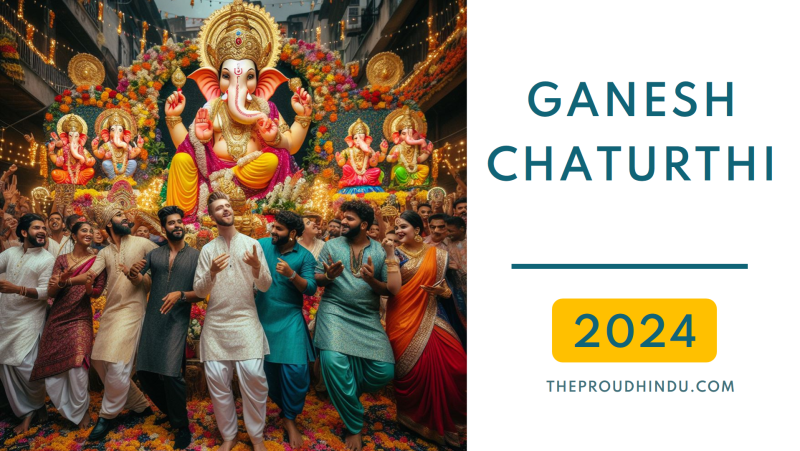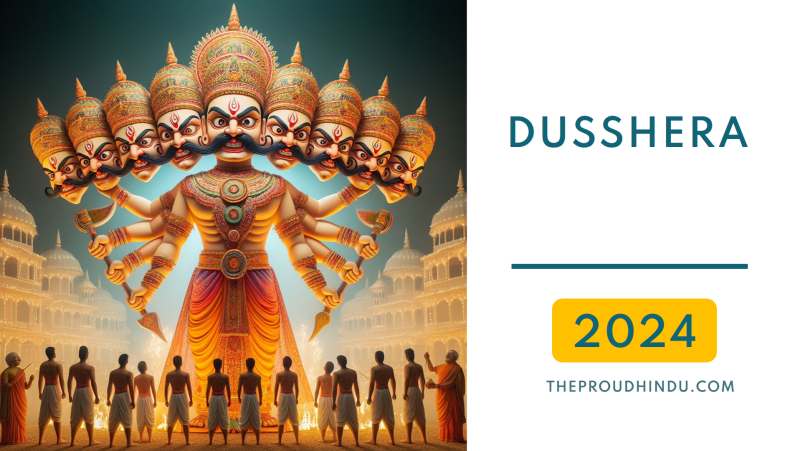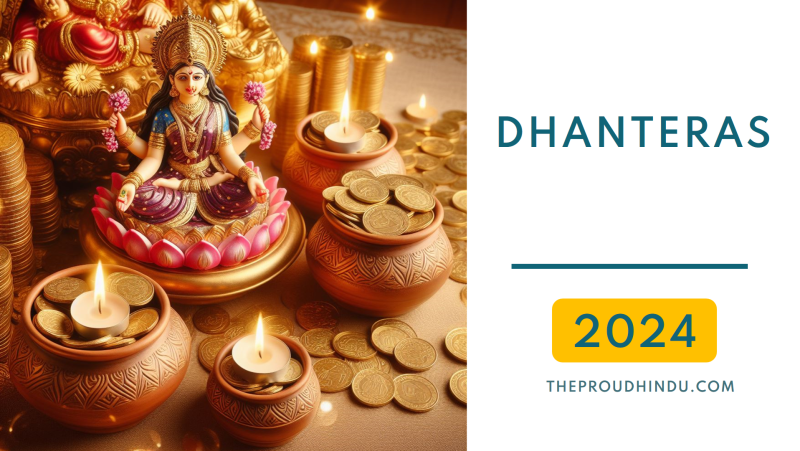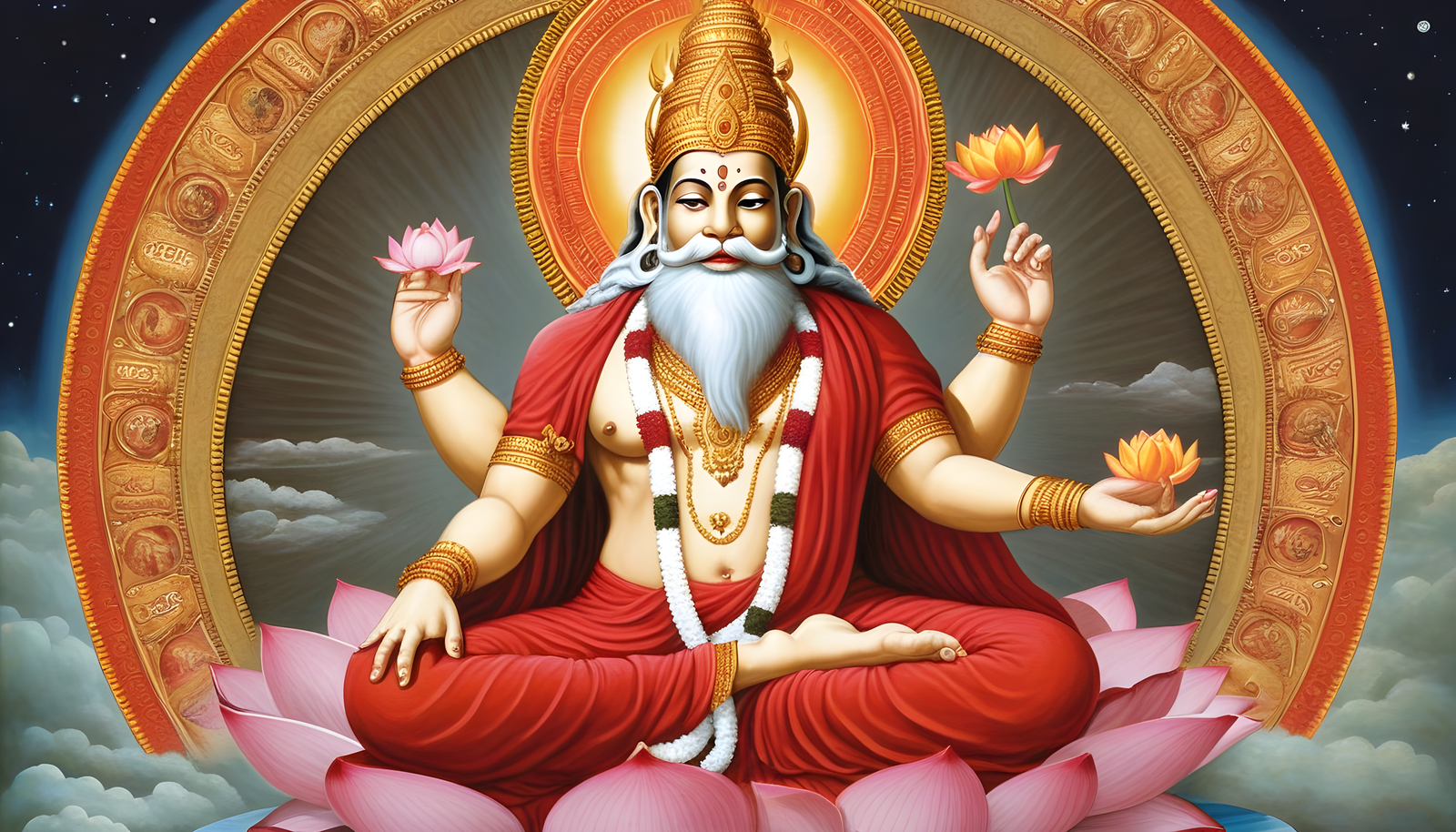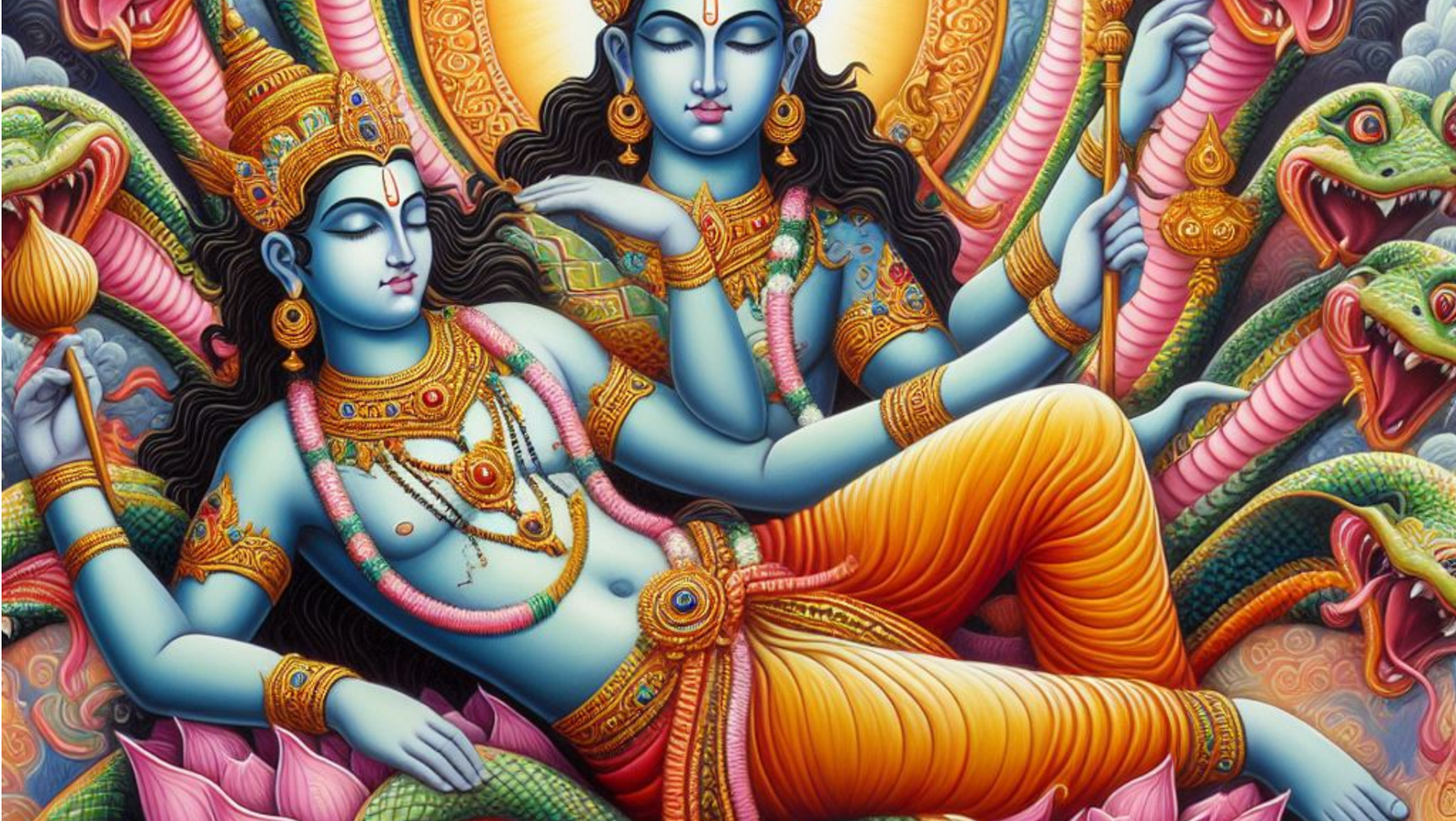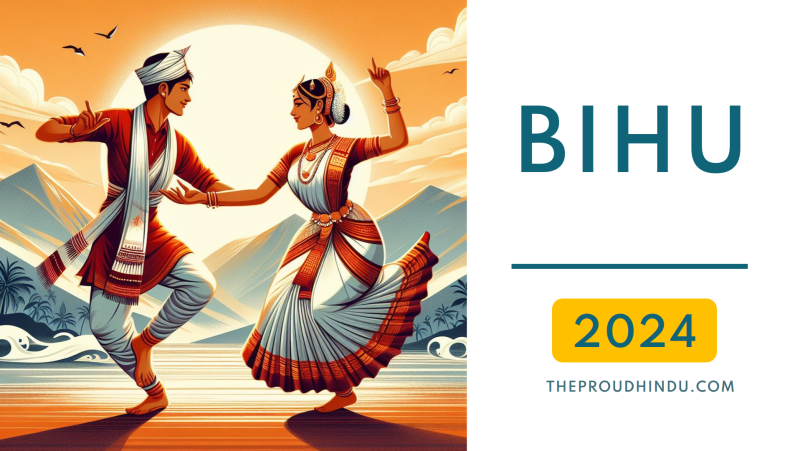
About Bihu 2025 Festival Celebration
Bihu, a significant festival celebrated in Assam, India, is a vibrant and joyous occasion marking the Assamese New Year and the onset of the agricultural season. The festival is divided into three distinctive phases - Rongali or Bohag Bihu (in April), Bhogali or Magh Bihu (in January), and Kongali or Kati Bihu (in October). Rongali Bihu, the most celebrated, involves cultural performances with traditional dances like Bihu and Husori, melodious songs, community feasts, and the exchange of traditional sweets like pitha. It signifies rejuvenation, harvest, and a time of communal harmony, where people dress in colorful traditional attire, engage in folk games, and offer prayers for a prosperous year ahead. Bhogali Bihu focuses on feasting, particularly on traditional Assamese dishes like various preparations of rice and meat, while Kongali Bihu highlights prayers and rituals seeking protection for crops from pests and disasters. The Bihu festival embodies the rich cultural tapestry of Assam, emphasizing unity, merriment, and reverence for nature's bounty.
Bihu 2025 Date
The Bihu festival in 2025 will be celebrated on the following date:
• Rongali Bihu (Bohag Bihu): Monday, 14 April 2025
What Is The Significance Of Bihu Festival In Assamese Culture
The Bihu festival holds immense significance in Assamese culture, embodying the spirit of community, agriculture, and cultural heritage:
1. Agricultural Importance: Bihu primarily revolves around agriculture, marking the agricultural cycles and the changing seasons. Rongali Bihu, in particular, welcomes the Assamese New Year and the advent of the spring season, signifying the time for cultivation and new beginnings in farming.
2. Cultural Celebration: Bihu celebrates Assamese culture through vibrant music, dance, and traditional rituals. It's a time when people wear traditional attire like Mekhela Chador (for women) and Gamosa (for men), engage in folk dances like Bihu and Husori, and participate in various cultural events showcasing Assamese art forms.
3. Community Bonding: The festival fosters unity and communal harmony among people. It brings families and communities together for feasting, singing, and dancing, strengthening social bonds and reinforcing a sense of togetherness among the Assamese populace.
4. Religious Significance: Alongside its agricultural aspects, Bihu also has religious importance. Various rituals and prayers are conducted during the festival, seeking blessings for a prosperous year ahead. Kongali Bihu, for instance, focuses on seeking protection for crops from pests and natural calamities.
5. Cyclical Renewal: Each phase of Bihu represents a distinct aspect of Assamese life - Rongali Bihu symbolizes joy and merriment, Bhogali Bihu emphasizes feasting and abundance, while Kongali Bihu highlights introspection and prayer, together signifying cyclical renewal and reverence for nature.
Bihu is deeply ingrained in Assamese culture as a festival that celebrates the state's agrarian roots, cultural richness, and the close relationship between the people, their land, and the changing seasons.
Assamese Bihu
The Assamese Bihu festival is an integral part of Assamese culture, celebrated with enthusiasm and joy throughout the state of Assam, India. It consists of three primary Bihu festivals, each holding its unique significance:
1. Rongali Bihu (Bohag Bihu): Celebrated in mid-April, Rongali Bihu marks the Assamese New Year and the arrival of the spring season. It's a time of vibrant celebrations, where people engage in traditional folk dances like Bihu and Husori, sing melodious Bihu songs, and adorn themselves in traditional attire. Homes are decorated, and feasts of traditional Assamese cuisine, along with the exchange of sweets like pitha, are shared among family and friends.
2. Bhogali Bihu (Magh Bihu): Celebrated in mid-January, Bhogali Bihu signifies the harvest festival. It's characterized by community bonfires, known as "Meji" or "Bhelaghar," where people gather around the bonfires, sing, dance, and indulge in feasting on various Assamese dishes, especially dishes made from rice and meat.
3. Kongali Bihu (Kati Bihu): Celebrated in mid-October, Kongali Bihu is more somber compared to the other Bihus. People offer prayers to Goddess Lakshmi seeking blessings for a bountiful harvest, and rituals are performed to ward off pests from crops.
Each Bihu festival represents distinct aspects of Assamese life, including agriculture, cultural heritage, and community bonding. The Bihu celebrations exemplify the Assamese people's deep connection with nature, cycles of farming, and their rich cultural traditions.
What Are The Rituals And Customs Associated With Bihu Festival
The Bihu festival in Assam is steeped in various rituals and customs, symbolizing agricultural prosperity, cultural traditions, and community harmony. Here are some of the prominent rituals and customs associated with the different Bihu festivals:
1. Rongali Bihu (Bohag Bihu):
• Goru Bihu: On the eve of Rongali Bihu, cows are bathed and adorned with garlands, applying turmeric paste and sacred offerings. This ritual, known as Goru Bihu, symbolizes reverence for cattle, essential in agrarian society.
• Manuh Bihu: On the first day of Rongali Bihu, people clean and bathe themselves, wear new clothes, and visit elders to seek their blessings. They exchange traditional gamosas (towels) as a mark of respect.
2. Bhogali Bihu (Magh Bihu):
• Meji or Bhelaghar Construction: People build temporary structures known as "Meji" or "Bhelaghar" using thatch, bamboo, and wood. These are then lit on fire in the evening, around which communities gather, sing, dance, and offer prayers for a bountiful harvest.
• Feasting: Bhogali Bihu revolves around grand feasting on traditional Assamese dishes, especially those made with rice and meat, emphasizing abundance and communal sharing.
3. Kongali Bihu (Kati Bihu):
• Akaxi Gonga: During Kongali Bihu, people worship the Tulsi plant and the handloom, seeking blessings for protection and a good harvest.
• Offerings and Prayers: Special prayers are offered to Goddess Lakshmi to ward off evil spirits and bring prosperity to the household and fields.
Throughout the Bihu celebrations, traditional songs, dances (like Bihu and Husori), cultural performances, and folk games are integral parts of the festivities. People wear traditional Assamese attire, participate in cultural events, and share meals, strengthening familial and community bonds. These customs and rituals not only celebrate the agricultural significance but also promote unity, harmony, and cultural richness among the Assamese people.
What Are The Traditional Foods Served During Bihu Festival
The Bihu festival in Assam is celebrated with a variety of traditional dishes that hold cultural significance and are enjoyed during the festivities. Some of the popular traditional foods served during the Bihu festival include:
1. Pitha: Various types of rice cakes made from rice flour, jaggery, and coconut, prepared by steaming, frying, or baking. Different kinds of pitha, like Til Pitha, Ghila Pitha, Sunga Pitha, and Tekeli Pitha, are relished during Bihu.
2. Laru: Sweet balls made from ingredients like sesame seeds, peanuts, or coconut mixed with jaggery or sugar. They are a favorite treat during the festival.
3. Jolpan: Assorted snacks like Muri (puffed rice), doi chira (flattened rice with yogurt), and akhoi (flattened rice) served with jaggery, milk, or yogurt, usually consumed during breakfast or as evening snacks.
4. Pork and Chicken Preparations: Various traditional Assamese meat dishes, including duck, pork, or chicken cooked in different styles, like Duck with Ash Gourd (Omita Khar), Chicken Curry, or Pork with Bamboo Shoots (Khorisa Mangxo).
5. Xaak Aru Bhaji: Assorted leafy greens and vegetables cooked with herbs and spices, showcasing the diverse culinary heritage of Assam.
6. Fish Preparations: Freshwater fish dishes, such as Masor Tenga (sour fish curry), Masor Koni (fish fry), or Maasor Khar (fish cooked in alkali water), are also an integral part of the Bihu feast.
7. Chira and Pithaguri: Chira (flattened rice) mixed with curd, jaggery, and sometimes banana, along with Pithaguri, a mixture of roasted and ground rice, sesame seeds, and jaggery, often consumed as snacks.
These traditional dishes are prepared with local ingredients and showcase the rich and diverse culinary heritage of Assam. They play a vital role in enhancing the festive spirit and are shared joyously among family and friends during the Bihu celebrations.
Bihu Date
| Year | Date | Day |
|---|---|---|
| Bihu 2023 Date | 14 April 2023 | Friday |
| Bihu 2024 Date | 14 April 2024 | Sunday |
| Bihu 2025 Date | 14 April 2025 | Monday |
| Bihu 2026 Date | 14 April 2026 | Tuesday |
| Bihu 2027 Date | 14 April 2027 | Wednesday |
You may also like …
Are You The Proud Hindu?
The Trimurti
Create an account to join us and start taking part in conversations.
SIGNIN
